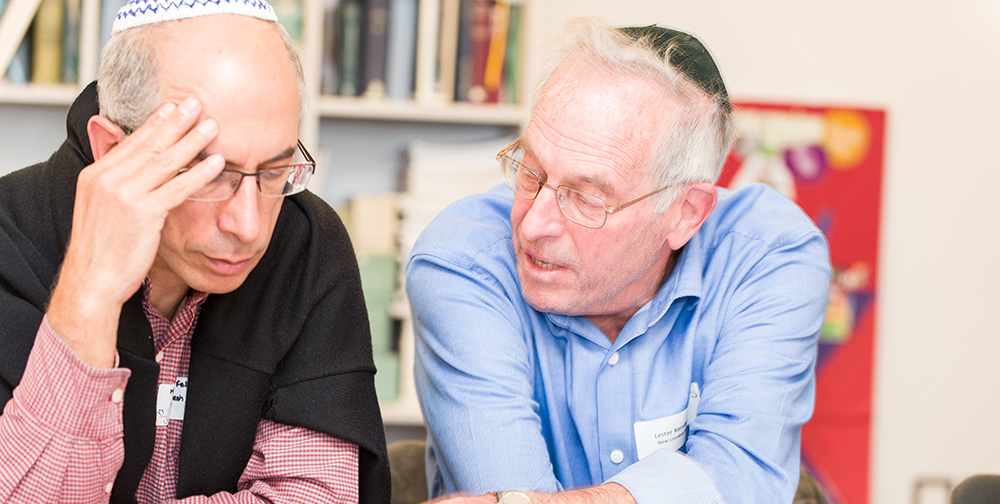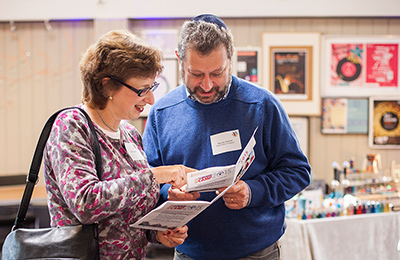Terumah

Oh Lord prepare me to be a sanctuary
Pure and holy, tried and true
And with Thanksgiving
I will be a living sanctuary for you
These words, from a well-known American Christian hymn with a gospel flavour, have become very popular in Jewish communities around the world, and the stirring melody has been adapted for various Hebrew words. One notable verse set to that tune and interspersed with those English lyrics is from this week’s parashah, T’rumah: “V’asu li Mikdash v’shachanti b’tocham” – “Make for Me a sanctuary and I will dwell among them” (Ex. 25:8). This verse comprises part of God’s instructions to Moses for the whole community to participate in the building of the holy Tabernacle by providing the raw materials and the work, with the ultimate goal of creating a dwelling space for God’s presence.
Crucially, the Hebrew verse says “I may dwell among them”, not “in it”, implying that the “presence” resides in the people, the community, rather than in any building or structure. It is interesting to compare these words from the Torah with the Christian hymn, which is obviously inspired by that verse. In the Exodus narrative, God is asking the people to bring their gifts and donations, along with their artistry and skilled labour, to construct the sacred space in order that God’s presence, the Shechinah, can dwell there. The hymn, however, is a plea from us, the people, that God should help make each of us individually – “me” – that “living sanctuary”. Of course these ideas are closely related, though subtly different, with the latter reflecting a more personal spirituality – the idea that each of us holds our own internal sacred space, each of us is a mishkan.
The sixteenth-century Kabbalist Rabbi Eliezer Azkiri, in his work Sefer Haredim, beautifully expresses this in Hebrew words that have also become the setting to a haunting and popular melody:
Bilvavi Mishkan Evneh l’hadar k’vodo, uv’mishkan mizbe-ach asim l’karnei hodo, u’l’ner tamid ekach li et aish ha’akeidah, u’l’korban akriv lo et nafshi, et nafshi hayechida.
I will build a tabernacle in my heart to glorify God’s honour. And I will place an altar in the tabernacle dedicated to God’s divine rays of splendour. And for the eternal flame I will take upon myself the fire that fuelled the Binding of Isaac. And as a sacrifice I will offer God my soul, my unique soul.
The Torah dedicates five portions and hundreds of verses to this building project, way more than to the whole story of creation! We can get so lost in the elaborate details of the materials and the dimensions that we overlook, dismiss these passages and their deeper meaning. The ultimate goal of this work, according to many of the Hassidic commentators, is to draw down holiness from above to below. In this project, each and every member of the Jewish people has their own unique contribution.
I learned recently from a colleague, Rabbi Elyse Frishman, a teaching about the portability of the Mishkan: It was broken down and reassembled with each new encampment. If we are each a Mishkan, how portable are we when we are broken down? Rabbi Frishman’s question invites each of us to see ourselves as a vessel for K’dushah, for holiness, for the Shechinah, whatever the circumstances of our lives and however broken down and defeated we might feel. Our communities, our sacred spaces, function because of the unique gifts that each and every one of us brings to sustain them in realms both physical and spiritual. What is yours?




